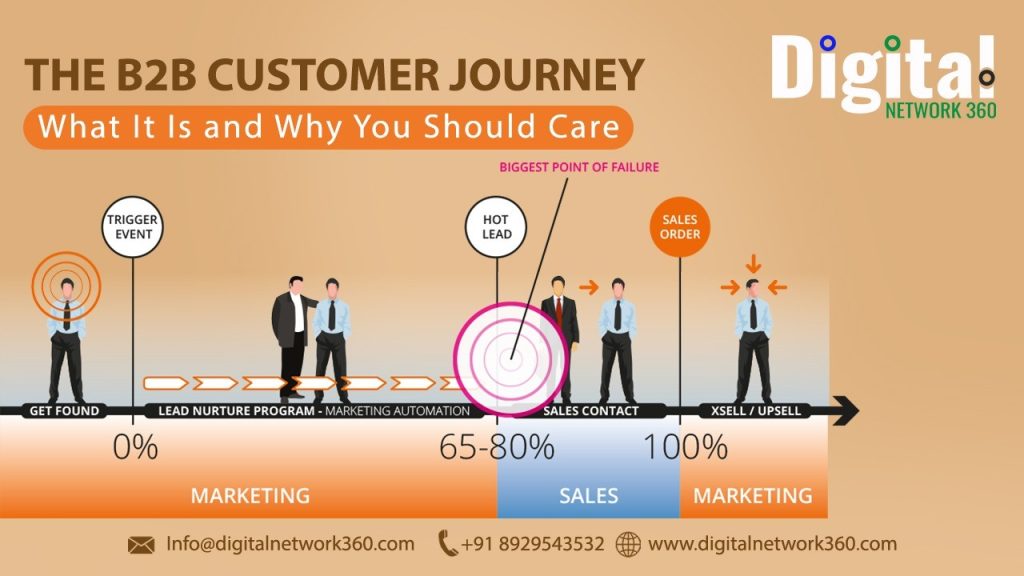Recently, I met Fred. I like him; he’s chatty and frank. Unfortunately, he’s also struggling like a lot of surveyors.
Fred made over £1 million in revenue this year – with less than a 1% profit margin. He’s burnt out and understandably frustrated. Can you imagine how many hours he’s invested to bring that million in?
He’s spent a fortune on expensive survey equipment so he can keep up with industry trends. He’s got a team to pay. But he’s had to lower his prices to stay competitive in his market. And he’s doing all the back-office work himself to keep his business afloat.
Busting his balls is having a knock-on effect on Fred.
Do all surveyors bust their balls in this manner?
Are you all working like maniacs to reap so little reward from all that effort? I think many of you do.
Here’s why: You, like Fred, are great at the work of surveying, but you’re not clued up on how to run a business profitably.
Not that Fred’s dumb. He’s not, and neither are you. He just lacks the business acumen to support his passion and turn it into money. It’s a different skill set – and it can be learned. The keys? Sales and marketing.
Working with surveyors and equipment manufacturers around the globe has given me a unique perspective on how businesses are run within the geospatial realm. What I see is a lack of understanding around sales and marketing, and often an alarming lack of concern – or even an all-out disparagement – for these two critical functions.
In Fred’s case, there was no disrespect for sales and marketing, just a bit of misunderstanding around their roles and significance.
The function of marketing
I explained to Fred the function of marketing, and he had a genuine light bulb moment:
“So, Marketing gets leads for sales?”
“Yes,” I responded.
“Then what does sales do?” he asked.
“Sales turns the lead into money,” I told him.
“How does all this work, then?” he asked
Here’s what I told him: Marketing’s role is to open the door for sales. It’s about getting to the sale as fast as possible. At the end of the day, it’s about the revenue.
- It all starts with marketing. Marketing owns the early stages of the buyer’s journey – it creates leads that will eventually go to sales. (See the graphic below!)
- Marketing is responsible for identifying the right audience – your target audience – and communicating a message to them, consistently and frequently.
- Marketing’s role is to create Awareness, Interest, Desire, and Action (AIDA) among your target audience, ultimately generating new leads for sales.
- Marketing is more than social media. Please do not hire a person just to create social media posts for you – there’s so much more to marketing than that! Social is just one tiny piece.
Marketing and sales are closely related but they’re not the same – and they need to work together to make a business successful.
If you think about how a customer decides to make a purchase – especially a higher-ticket purchase – it’s not usually something that happens quickly. With B2B purchases in particular (for example, purchases from geospatial businesses) these decisions can take six weeks (or more!) to make, and they often involve quite a few people.
Marketing owns up to 80% of that decision-making process. It’s marketing’s role to understand what the customer needs, and then make them aware of how your service can meet that need.

(We would actually consider this a Buyer’s Journey, not a Customer Journey but we’ll discuss that in a later post! Image source)
Marketing may use research to really understand the audience’s concerns, then create campaigns and content that help educate them about why your solution is the best solution. Essentially, marketing needs to find the audience, communicate the value of your offering, and then engage with potential customers via email, social media, advertising and other channels – and get the audience “warm” enough for sales to take over.
Sales is then responsible for actually closing the deal.
Sales deals directly with the customer and handling late-stage communications, like price negotiations, product or service demos, or creating a proposal. Their role is converting the lead or prospect into a sale.
Here’s an example of how this should work, but often falls apart: Marketing hosts a webinar and invites your target audience to attend. The webinar is designed to highlight whatever it is your business does better than anyone.
50 people attended the webinar, and these are now warm leads. They were interested enough to sign up and sit through an hour of your great content.
But so many of you won’t follow up on these leads! You let them go cold and even die instead of sending them a follow-up email or two, or calling after the webinar to see how they liked it.
Those leads need follow-up! Send them a few emails in the weeks following the webinar. Send a link to the webinar playback, a check-in to see what they’d like the next webinar to be, an offer to meet for a consultation. But follow up!
Ideally, marketing handles the follow-up and then hands the warm leads off to sales for a more personalized touch-point. With a proper follow-up, those 50 webinar leads could lead to new contracts for your geospatial business.
Do you see how you’re making things harder for yourself?
Stop doing that! There are lots of ways to improve your business operations, but handling sales and marketing properly will deliver the biggest bang for your buck in the shortest time. You can watch this case study to see how it can make a difference.
And if you want to start handling marketing and sales better in-house, reach out to us to learn more about The Geospatial Marketing Academy and get yourself – and your team – trained so you can elevate your game.
